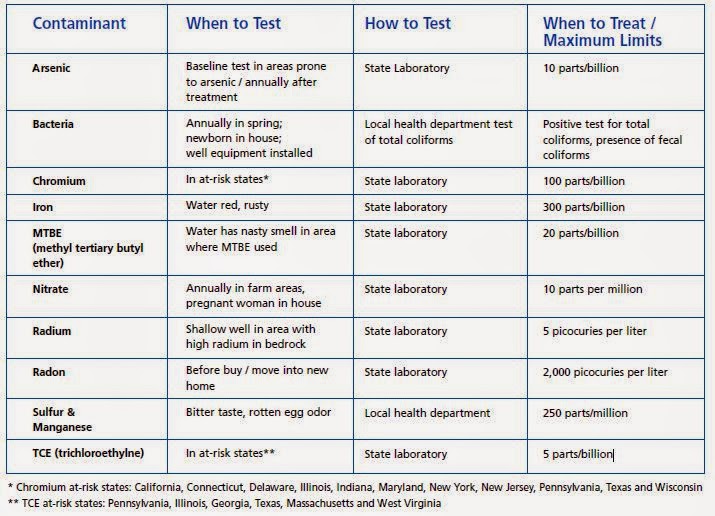Water Problem on Storage Tank
On the daily life we often need storage tank to stock clean water. This stock water can't be keep too long on the storage tank because if too long keep on the storage tank the problem sometimes arise on water storage tank. If water supply already proceed perfectly maybe the problem will not arise even long time keep on the water storage, but still can't too long because other contamination of microorganism may be come to the water storage.
If your water supply already clean you can keep for one week, but if your water supply have bad quality may only one day your water can stock on the storage because your water quality will change very fast on the storage tank.
The common problem on the storage tank usually will grow moss after keep only for 3 days on the storage tank. This condition can make we really busy to the clean the storage tank every 3 days. The growing of moss very fast especially if expose to sunlight, either directly or non directly. The growing of moss will make water have fishy smell, and much of moss dilute on the water. If this condition is let too long will arise sludge of moss on the storage tank.
On my experience those condition can be overcome by covering the torn with opaque roof or by painting the torn with white color. White color to make sunlight is re-emitted not absorb by the color of torn. To make sunlight can't through the torn make thick paint for your torn surface.
If your water supply already clean you can keep for one week, but if your water supply have bad quality may only one day your water can stock on the storage because your water quality will change very fast on the storage tank.
The common problem on the storage tank usually will grow moss after keep only for 3 days on the storage tank. This condition can make we really busy to the clean the storage tank every 3 days. The growing of moss very fast especially if expose to sunlight, either directly or non directly. The growing of moss will make water have fishy smell, and much of moss dilute on the water. If this condition is let too long will arise sludge of moss on the storage tank.
On my experience those condition can be overcome by covering the torn with opaque roof or by painting the torn with white color. White color to make sunlight is re-emitted not absorb by the color of torn. To make sunlight can't through the torn make thick paint for your torn surface.
Labels: Drinking Water


